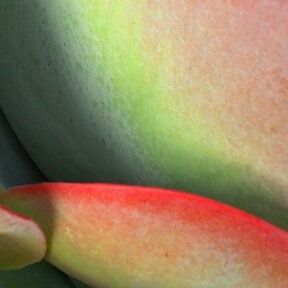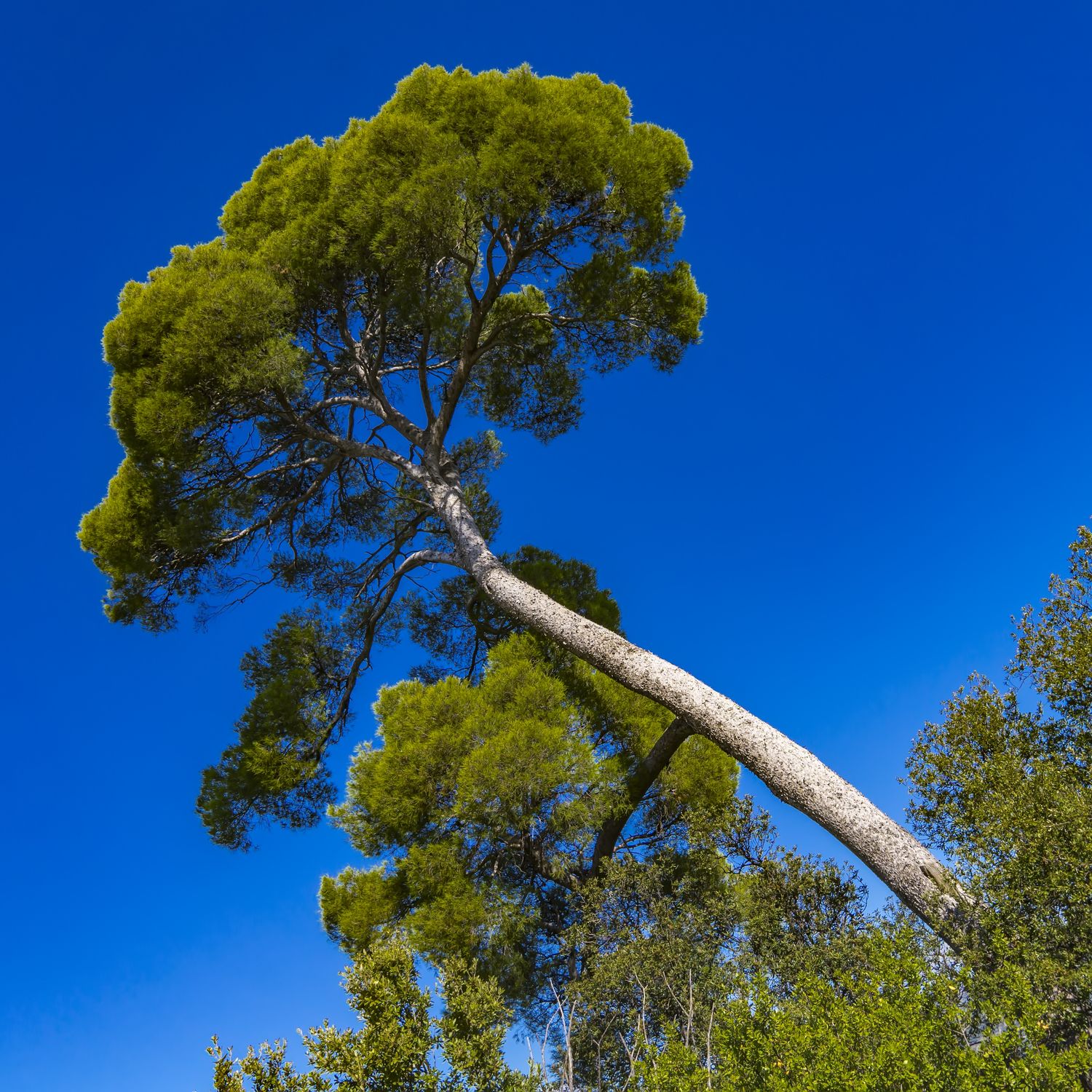
Pinus halepensis
| Quantity | Price per item | Discount |
| 5 plants | €5,30 | 12% off |
| 10 plants | €5,00 | 17% off |
The Aleppo pine is a fast-growing, medium-sized conifer native to the Mediterranean region. It is one of the most widely distributed pine species in this area, particularly in the western Mediterranean, such as in the countries of Spain, Portugal, southern France, North Africa, and parts of the Middle East. This species grows in coastal and low-elevation zones, though in favourable conditions, it grows in higher mountain zones, as seen in Morocco. Pinus halepensis is not native to Portugal, but it has become naturalised here, growing in the wild, especially in calcareous regions such as the Estremenho massif and the Algarve. Pinus pinea (stone pine) is native to Portugal, particularly in coastal areas, and they often grow together.
The Aleppo pine is valuable to Mediterranean wildlife, especially when planted in mixed stands with Pinus pinea and other native broadleaves such as Quercus. The Aleppo pine is typically 15 to 25 meters tall, but under unfavourable conditions, it may remain much shorter. Its growth varies: young trees often display a conical or pyramidal shape, while mature specimens develop an irregular, open, and lobed crown, giving them a sparse appearance. The Aleppo pine is a pioneer species (my favourite kind!), meaning it is among the first to colonize degraded lands. Its ecological role is crucial in stabilizing soil (It has a robust root system), preventing erosion and restoring habitats in Mediterranean ecosystems - and unfortunately lifting your driveway! It commonly associates with Mediterranean scrub, such as rosemary, kermes oak, juniper, gorse, and esparto grass, and sometimes with Quercus ilex and Pinus pinea. It is sun-loving and cannot grow in shade. It is monoecious, with both male and female cones on the same tree, and can begin to produce these as early as three years of age.
More on drought resistance and the future
Under projected climate change scenarios, less precipitation and a warming climate, Pinus halepensis is expected to outperform Pinus pinea in terms of growth and survival under drought stress, as it is generally more drought-resistant and resilient, showing higher growth rates under water stress and faster recovery after drought. Planting a few P. halepensis alongside P. pinea provides a more diverse habitat for the future on your land. You will eventually achieve natural regeneration, particularly if you have low-lying areas or valleys where the water table is slightly higher.
Specialising in growing plants for dry mediterranean landscapes
We are a plant nursery in the Algarve specialising in dry mediterranean species. We propagate and grow our own stock in conditions they are likely to endure when they are planted out.
We grow plants that are adapted to the dry land conditions in Portugal and southern Spain, both mediterranean perennials and succulents.
We choose plants that require very little water and maintenance. We produce a range of dry land plants that are typical of the worlds mediterranean regions. These are available to order ready for planting in the wetter months of the year. Please order the plants you need and we’ll have them ready at the best time for planting.
To ensure your new plants adapt and establish quickly, we produce them in special anti-spiral root pruning containers and a range of fibre pots (no plastic waste) with our own tried and tested growing media.
Viveiros Jardimseco - Plantas de terra seca

Viveiros Jardimseco
Tavira, Algarve
Please note we have no retail outlet or garden centre and are not open to the public. For more information you can contact us here.
Plantas adaptadas à seca - produzimos plantas adaptadas às condições de Portugal e Sul de Espanha, tanto espécies mediterrânicas como suculentas.
Oferecemos uma gama de espécies típicas das zonas climáticas mediterrânicas em todo o mundo.
